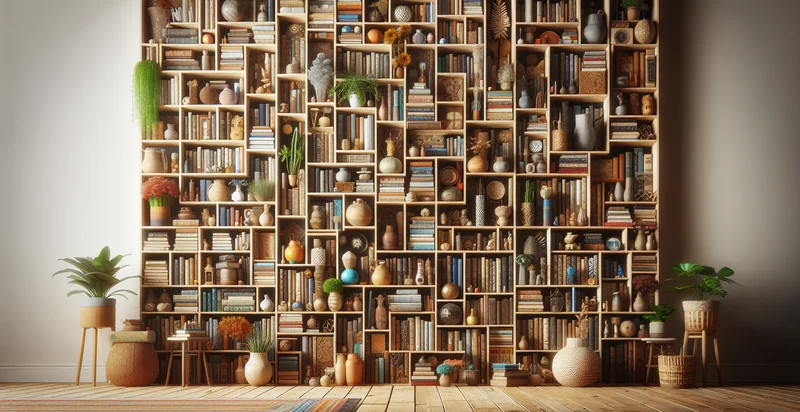Identify shelf restocking needs
using AI
Below is a free classifier to identify shelf restocking needs. Just input your text, and our AI will predict the optimal restocking schedule for each shelf category - in just seconds.

Contact us for API access
Or, use Nyckel to build highly-accurate custom classifiers in just minutes. No PhD required.
Get started
import nyckel
credentials = nyckel.Credentials("YOUR_CLIENT_ID", "YOUR_CLIENT_SECRET")
nyckel.invoke("shelf-restocking-needs", "your_text_here", credentials)
fetch('https://www.nyckel.com/v1/functions/shelf-restocking-needs/invoke', {
method: 'POST',
headers: {
'Authorization': 'Bearer ' + 'YOUR_BEARER_TOKEN',
'Content-Type': 'application/json',
},
body: JSON.stringify(
{"data": "your_text_here"}
)
})
.then(response => response.json())
.then(data => console.log(data));
curl -X POST \
-H "Content-Type: application/json" \
-H "Authorization: Bearer YOUR_BEARER_TOKEN" \
-d '{"data": "your_text_here"}' \
https://www.nyckel.com/v1/functions/shelf-restocking-needs/invoke
How this classifier works
To start, input the text that you'd like analyzed. Our AI tool will then predict the optimal restocking schedule for each shelf category.
This pretrained text model uses a Nyckel-created dataset and has 29 labels, including Average Stock, Excess Inventory, Expected Delivery Pending, Fast Moving Inventory, Fully Stocked, In Stock, Inventory Alert, Inventory Surplus, Items On Backorder and Low Stock.
We'll also show a confidence score (the higher the number, the more confident the AI model is around the optimal restocking schedule for each shelf category).
Whether you're just curious or building shelf restocking needs detection into your application, we hope our classifier proves helpful.
Related Classifiers
Need to identify shelf restocking needs at scale?
Get API or Zapier access to this classifier for free. It's perfect for:
- Inventory Management: The shelf restocking needs identifier can automate the monitoring of stock levels across multiple product categories. By analyzing sales data in real-time, it can predict when items are likely to run low and trigger timely restocking orders to maintain optimal inventory levels.
- Demand Forecasting: By identifying patterns in shelf restocking needs, businesses can better anticipate customer demand and adjust purchasing strategies accordingly. This proactive approach can help minimize excess inventory while ensuring high-demand items are always available.
- Supply Chain Optimization: The identifier can streamline supply chain operations by providing insights into which products require restocking most frequently. This information can help logistics teams optimize delivery schedules and reduce response times for restocking, leading to improved operational efficiency.
- Store Layout Adjustment: Retailers can leverage the restocking needs insights to make data-driven decisions about store layouts. By understanding which items need frequent restocking, they can strategically position products to maximize accessibility and improve customer shopping experiences.
- Cost Reduction: Identifying shelf restocking needs accurately can lead to significant cost savings for retailers. By reducing the incidence of stockouts, businesses can prevent lost sales, minimize emergency restocking fees, and negotiate better terms with suppliers based on predictable ordering patterns.
- Customer Satisfaction Improvement: By ensuring that popular items are always stocked, businesses can enhance customer satisfaction levels. The shelf restocking needs identifier helps retailers avoid frustrating customers with empty shelves, resulting in increased customer loyalty and repeat business.
- Marketing Strategy Enhancement: Insights from the identifier can inform marketing strategies by highlighting trends in product popularity. Retailers can use this data to target promotions and advertising efforts on items that are likely to benefit from increased visibility during peak restocking periods.


